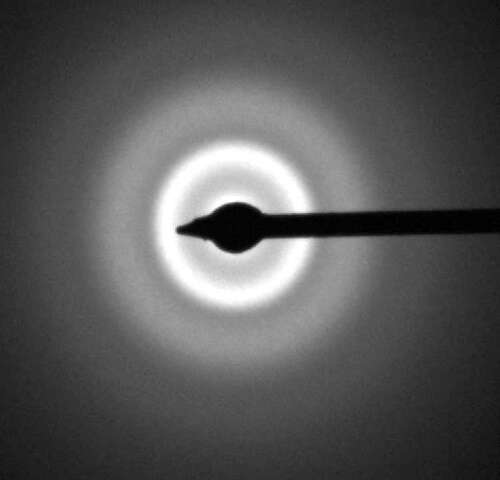A team of researchers from the University of Glasgow, the University of Strathclyde and Hobart and William Smith Colleges has developed a new coating for mirrors used on gravity detectors that is 25 times less noisy than mirror surfaces used on LIGO. In their paper published in the journal Physical Review Letters, the group describes how they made it and how well it performed during testing.
The mirrors used in gravity wave detectors are positioned at the ends of its arms. Coherent light rays are reflected from both mirrors and interfere with each other. Gravitational waves are measured by noting how much the mirrors shift, resulting in slight changes in length of the arms to which they are attached, to an accuracy of 10–16 cm. As impressive as that is, researchers want to improve the sensitivity of the detectors used at LIGO/Virgo, even after the recent upgrade.
To that end, members of the European Union have begun developing plans for the construction of what the Einstein Telescope, a gravitational wave detector with sensitivity 100 times higher than LIGO/Virgo. But for that to happen, improvements in the design of the current interferometer are required. One of those improvements is reducing the amount of thermal fluctuations in the mirror coatings. In this new effort, the researchers claim to have done just that.
